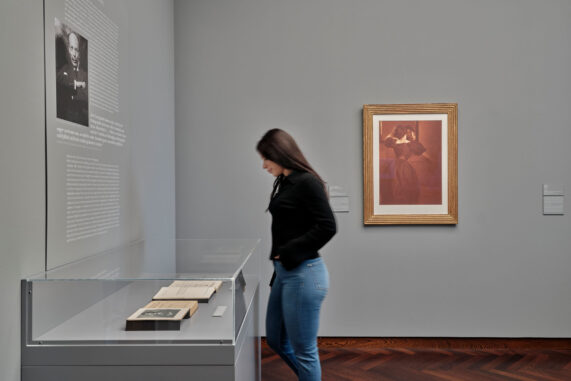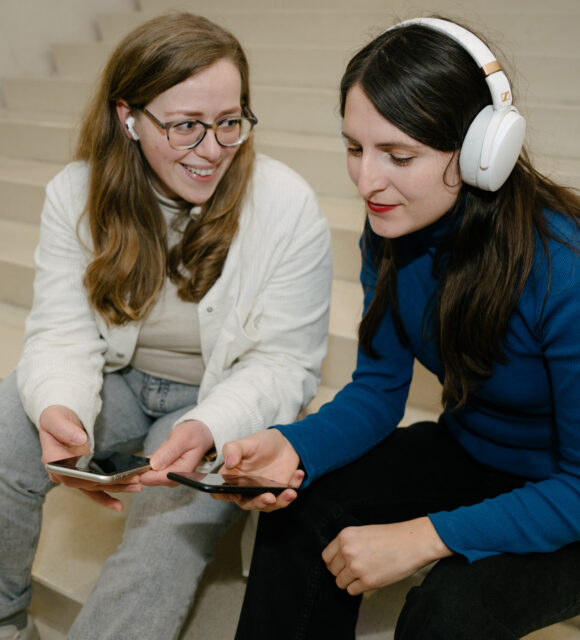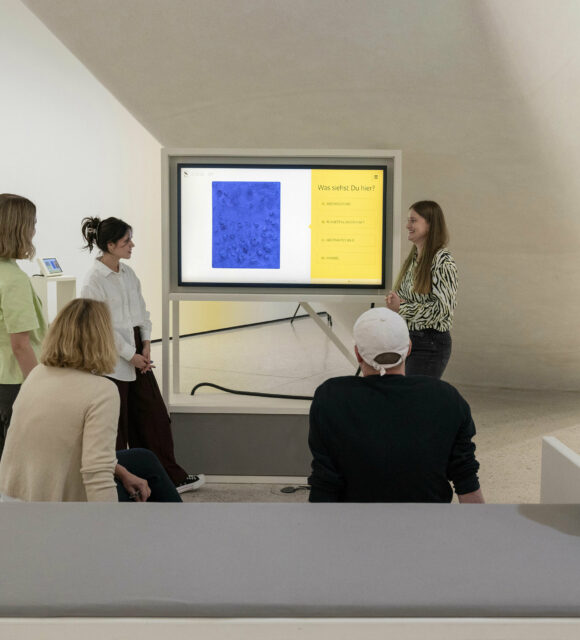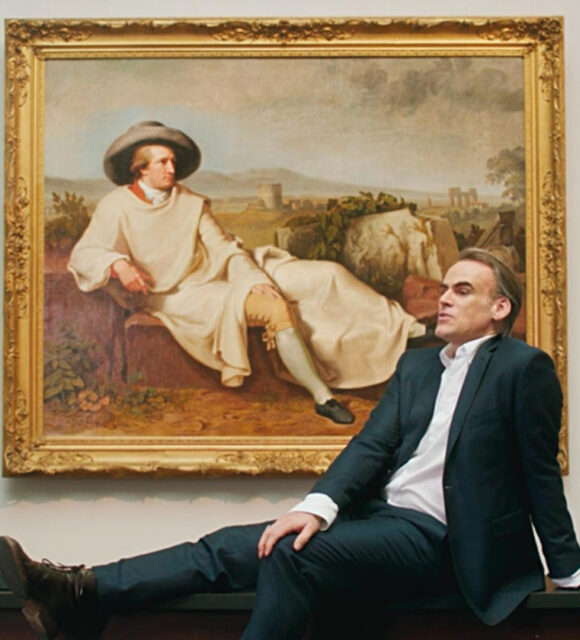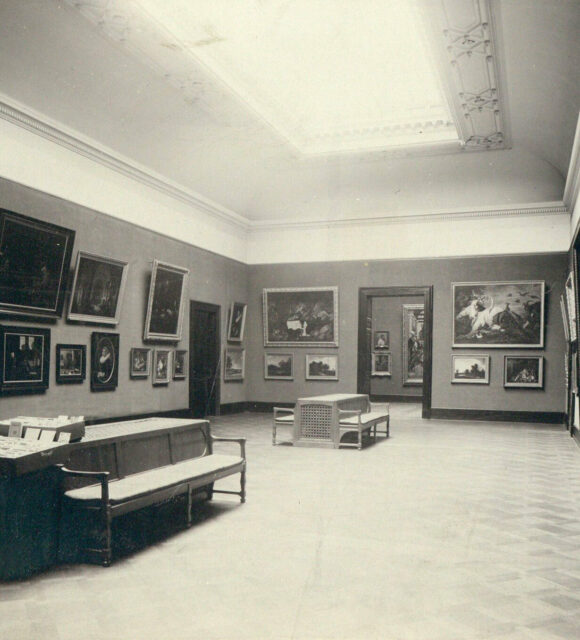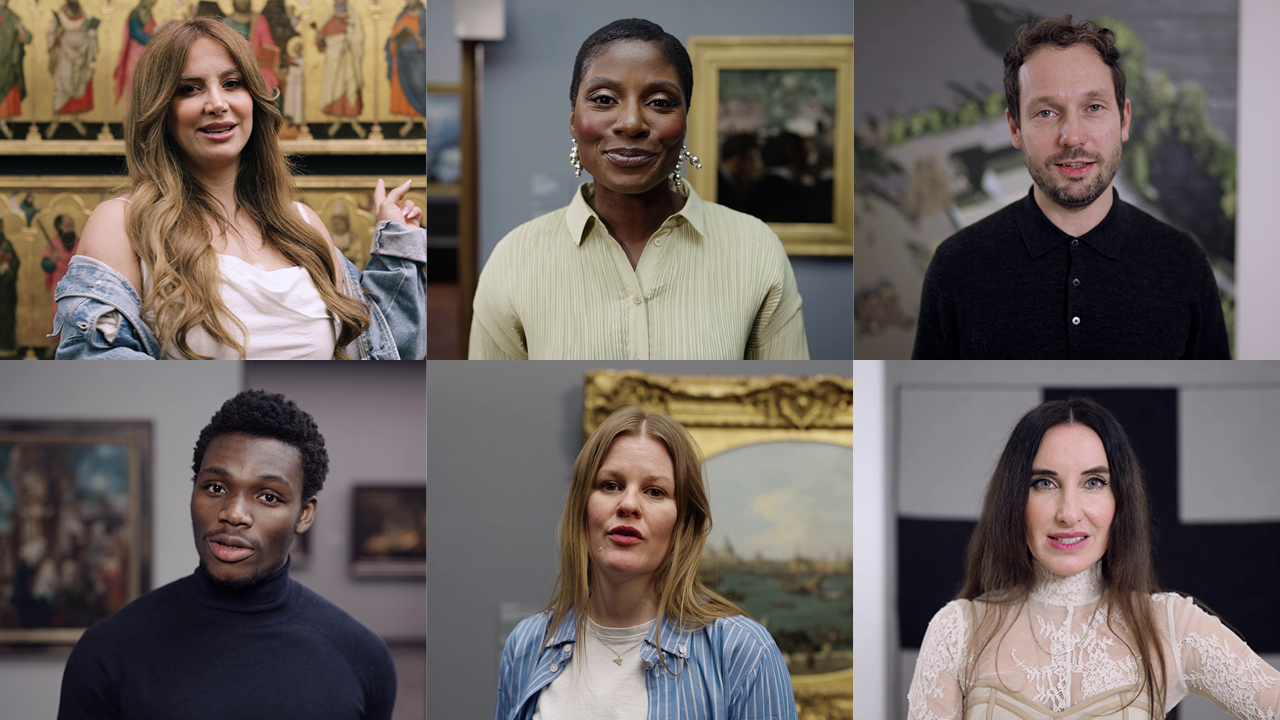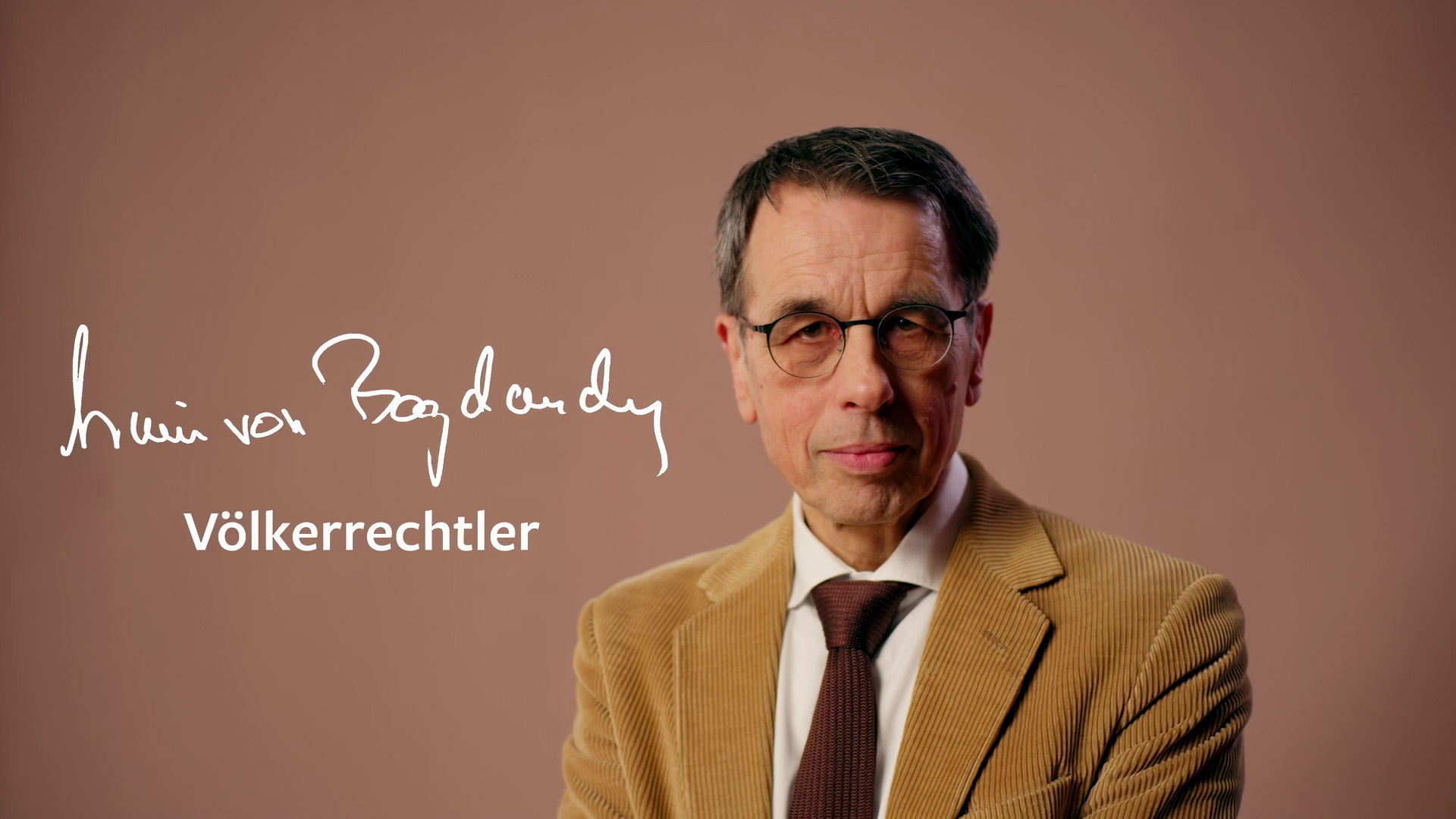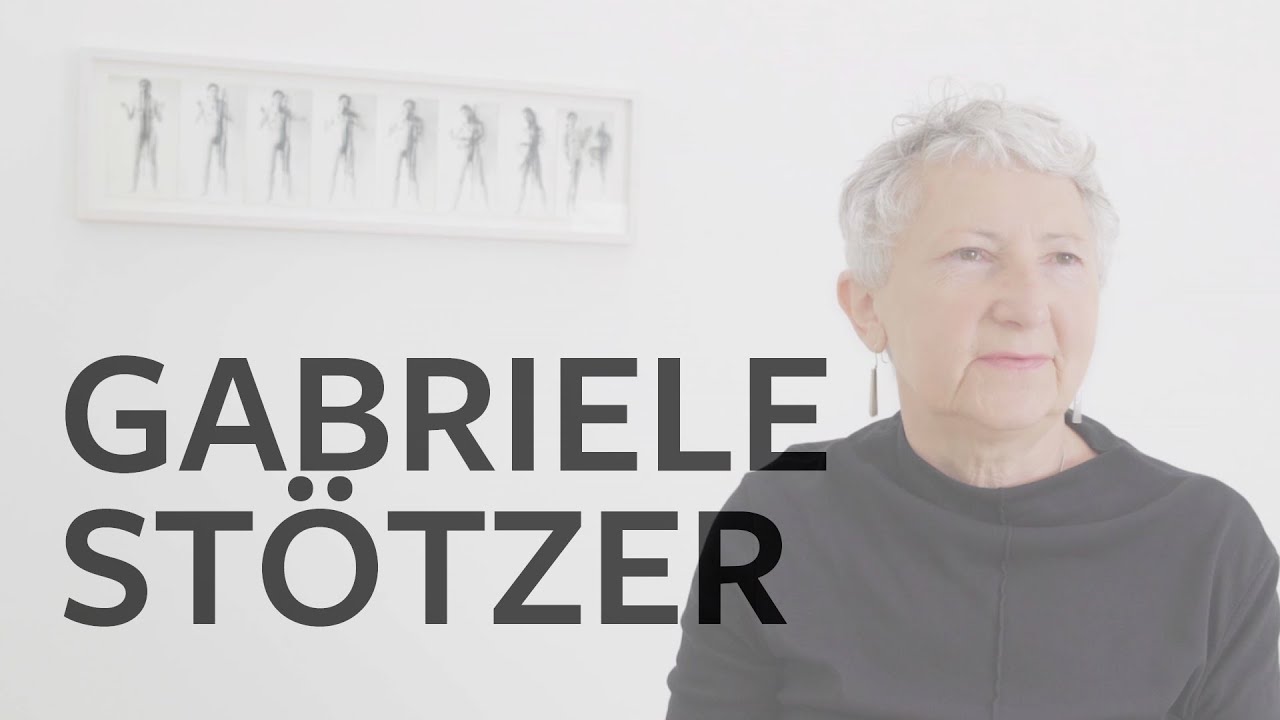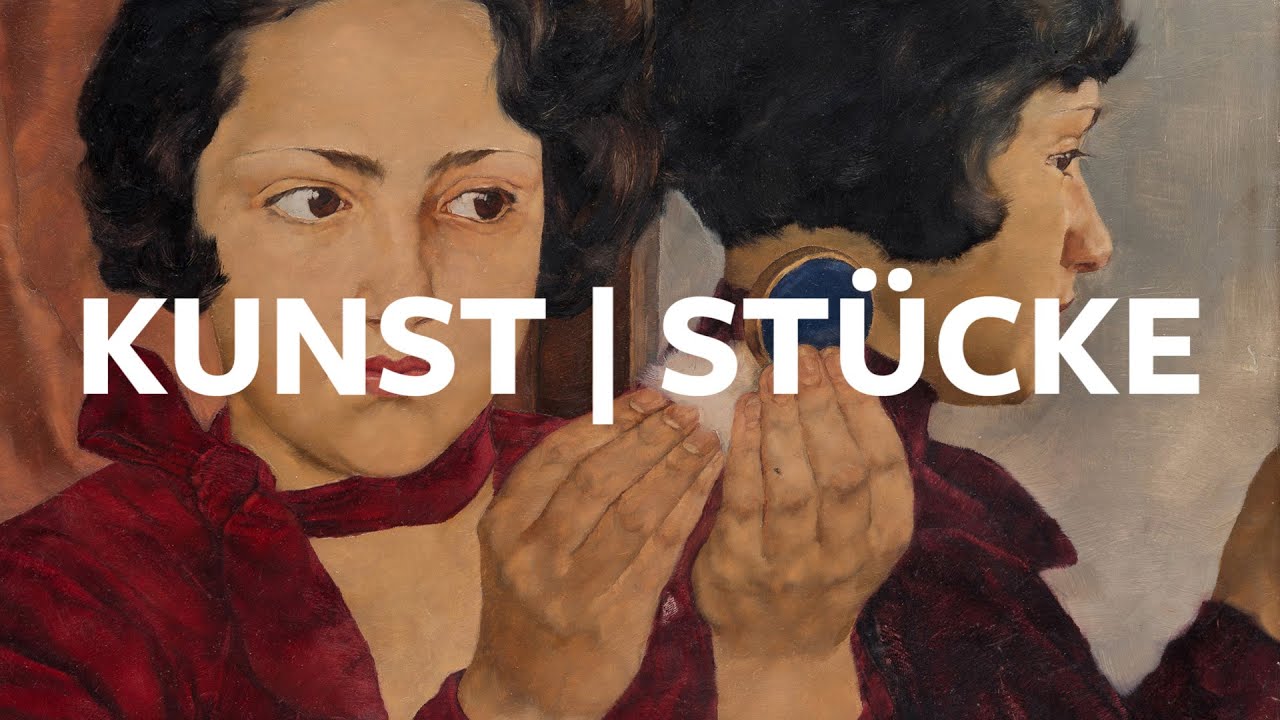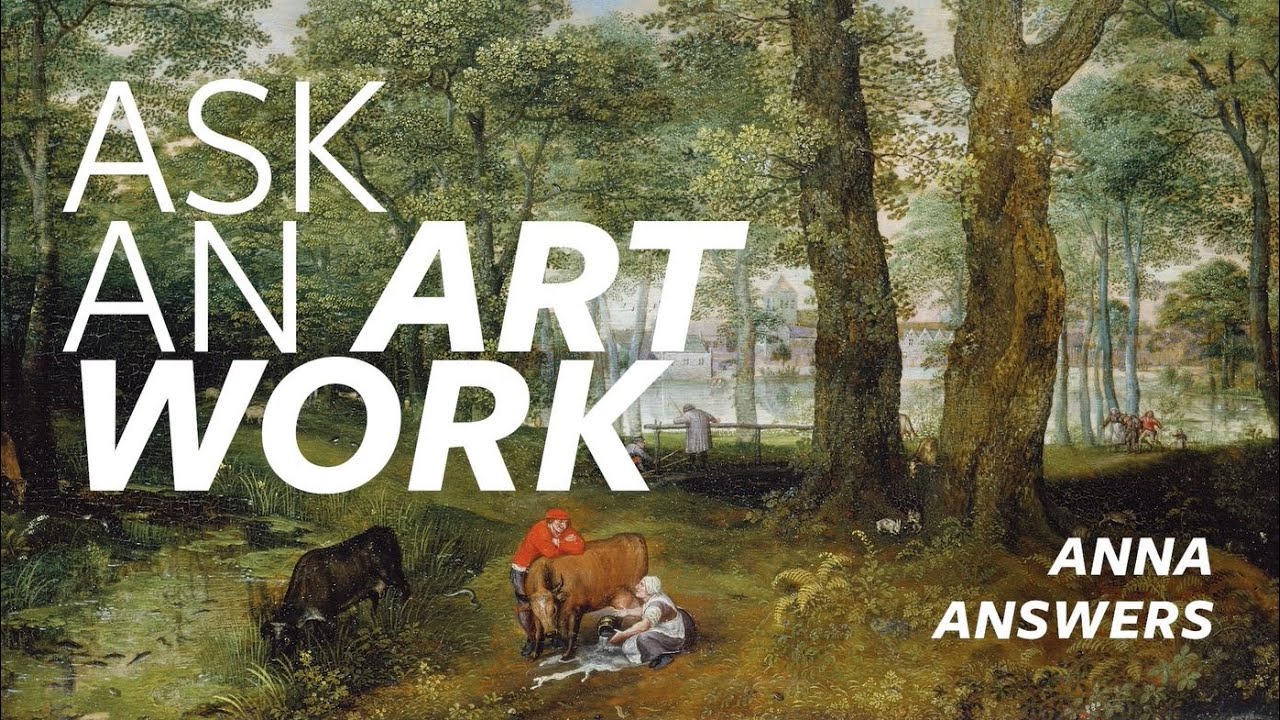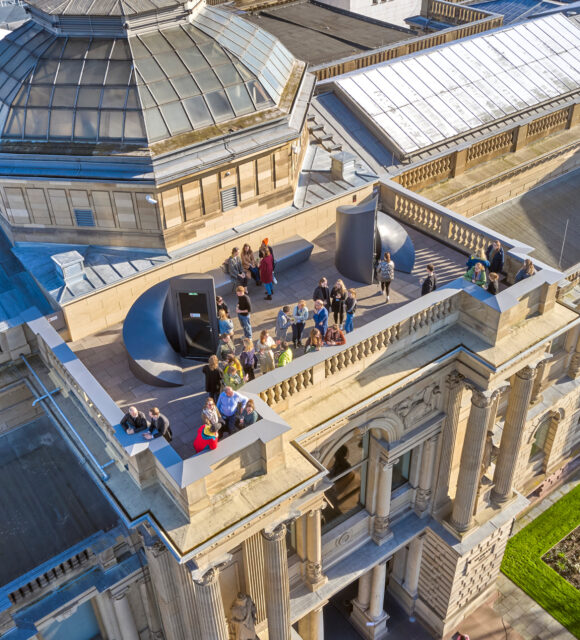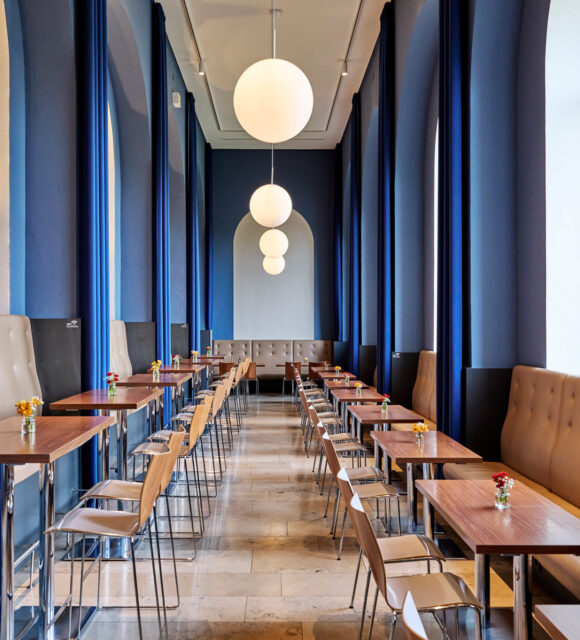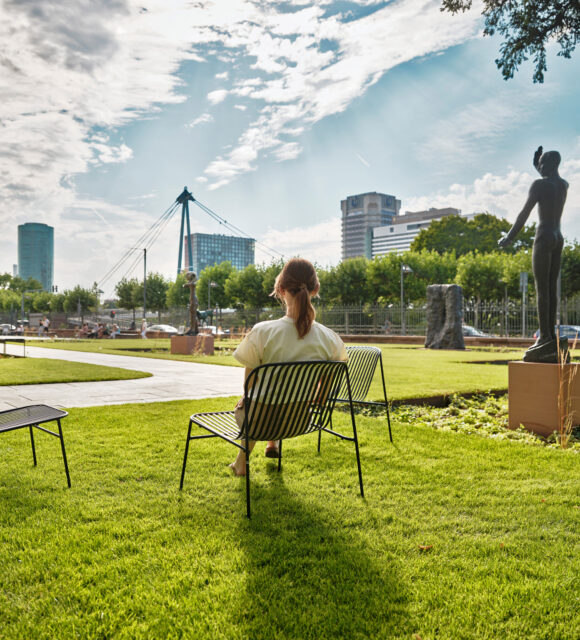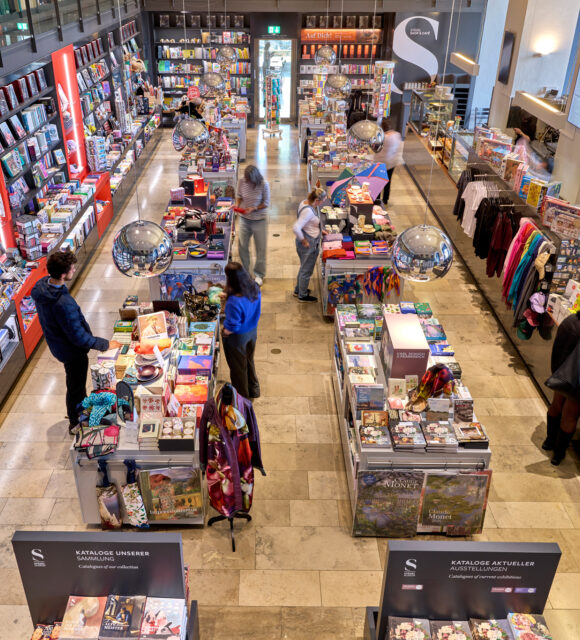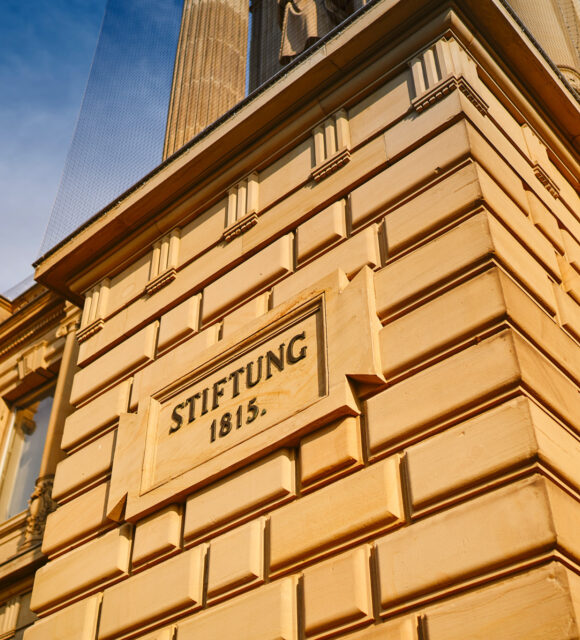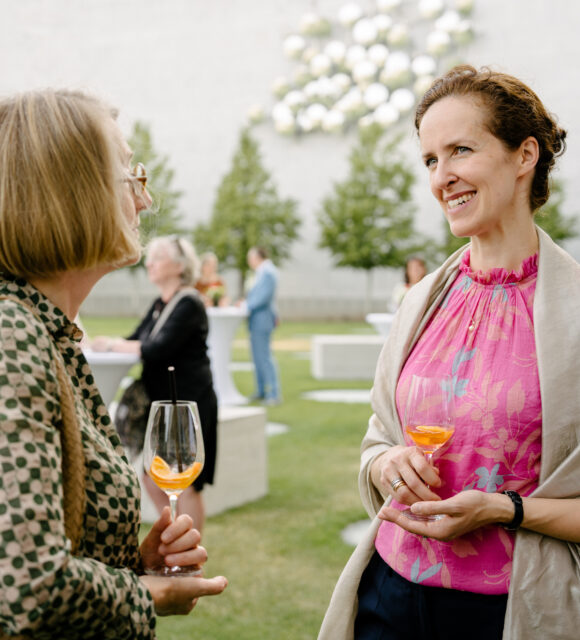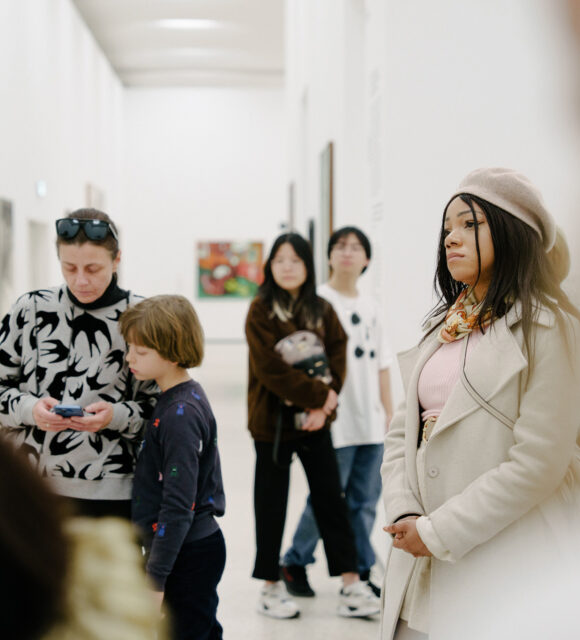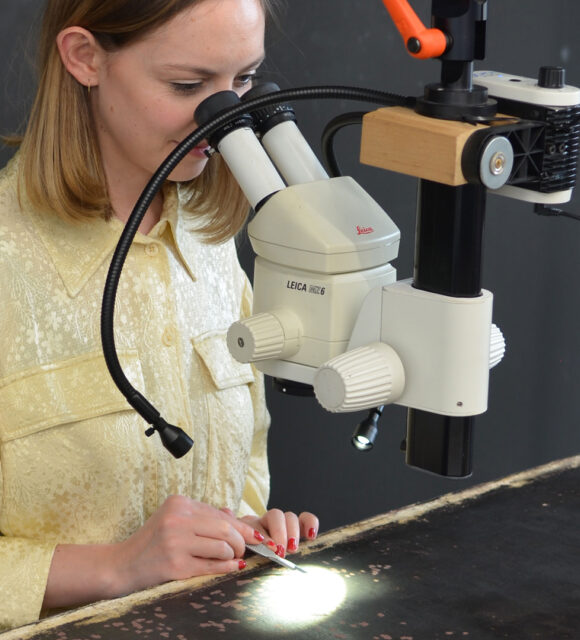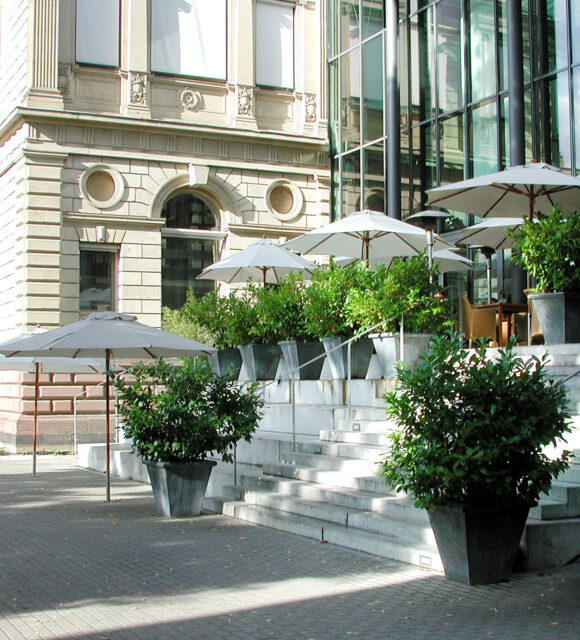From medieval times to the present: the Städel Museum’s permanent exhibition takes you on a journey through more than 700 years of art. On more than 15,000 square metres of exhibition space you can take inspiration from paintings and sculptures, photographs, drawings and prints. Discover the permanent exhibition on site—and even more art in our Digital Collection.
Your Visit
-
-
Tue, Wed, Fri, Sat, Sun 10 am – 6 pm
Thur 10 am – 9 pm
Mon closed
-
Tue, Wed, Fri, Sat, Sun 10 am – 6 pm
-
- Entry From €18 / €16, €9 Tue from 3 pm
-
- Schaumainkai 63, 60596 Frankfurt am Main
Programme
for this exhibition
Collection Highlight Tour
Connect with the most important artworks in the Städel’s permanent exhibition
Art Talks
Guided tour in English
Guided Tours and Workshops for Companies
Customized company workshops or after-work tours at the Städel Museum
Guided Tours and Workshops for Groups
Private guided tours through 700 years of art
Guided Tours and Workshops for Schools and Kindergartens
A very special museum experience for schools, kindergartens, or after-school groups
Old Masters
European painting from 1300 to 1800. The oldest works of art are still deeply rooted in the Christian faith of the Middle Ages.
With the beginning of the Renaissance, the reality of the humanistically educated human being becomes the focus of attention. The increasingly emotional representations proves to be complex in content until well into the Baroque.
In March 2024, a new room was created in the Old Masters galleries where visitors can encounter the founder and namesake of the museum, Johann Friedrich Städel, and his vision of a citizens’ museum.
Modern Art
In the period from 1800 to 1945, European societies undergo rapid changes. Changes which are just as rapid and drastic in the fine arts.
Questions are raised and controversially discussed. Should or may art be beautiful? Does it serve a purpose? What role does religion play? One thing became apparent despite the many discourses: art is given more space in the hearts and minds of people as never before.
Contemporary Art
Contemporary art in the Städel spans the period from 1945 to the present day.
This period brings together a large number of very different art movements, which position themselves to each other or against each other in ever shorter periods of time. The collection reveals wide-ranging intertwinings over decades, schools, isms and groups.
CLOSE UP
Diving Deeper into Contemporary Art
Close Up is exactly that—a closer take on a core theme in the Städel’s collection of contemporary art. Discover Close Up on site in the museum or expand your knowledge online with the digital application.
Department of Prints and Drawings
The Städel Collection of Prints and Drawings comprises drawings and prints from the late Middle Ages to the present day and is one of the most important collections of its kind in Germany.
However, drawn or printed creations on paper are highly sensitive as they can take only small amounts of light. Therefore, the precious works can only be shown in exhibitions every once in a while.
Study Room of the Department of Prints and Drawings
View the sensitive holdings close up
Artworks on paper cannot be placed on permanent display because they would be damaged by prolonged exposure to light. They are accordingly kept in storage “in the dark”, and placed at the visitors’ disposal for viewing purposes in the Study Room of the Department of Prints and Drawings upon request. The department moreover presents regularly changing temporary exhibitions on various themes of relevance to the collection.
Photography
Photography already made its way into the Städel Collection as far back as ca. 1850. Today the museum holdings encompass more than 5,000 works dating from the medium’s beginnings to the present.
Initially used to fulfil utilitarian purposes, it gradually became an art form in its own right that set—and continues to set—new aesthetic standards. Photography has many faces: it is reproduction, documentation, staging, imprint, advertisement, art, and much more. It revolutionized our visual habits and still interacts with painting to this day. The Städel Museum’s photography collection mirrors this development.
Tuesday Special
Take advantage of our Tuesday Special and visit the permanent exhibition and all special exhibitions for the single price of €9.
Every Tuesday from 3 to 6 pm.
Digital Collection
Stroll digitally through 700 years of art or search specifically for your favourite work of art.
More Digital Offers
on the Collection
Film Series on the Collection
Around the Museum
Support Your
Städel Museum Now
Get involved by making a donation to your favorite cause or by providing general support. Your contribution—whether large or small—is a valuable gift for the future of the museum.













